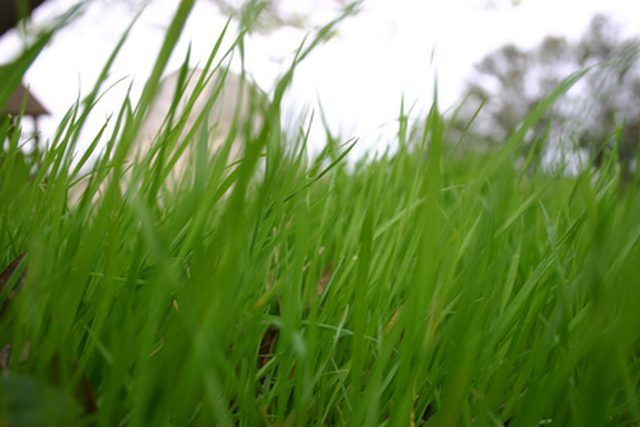Bulbs
Flower Basics
Flower Beds & Specialty Gardens
Flower Garden
Garden Furniture
Garden Gnomes
Garden Seeds
Garden Sheds
Garden Statues
Garden Tools & Supplies
Gardening Basics
Green & Organic
Groundcovers & Vines
Growing Annuals
Growing Basil
Growing Beans
Growing Berries
Growing Blueberries
Growing Cactus
Growing Corn
Growing Cotton
Growing Edibles
Growing Flowers
Growing Garlic
Growing Grapes
Growing Grass
Growing Herbs
Growing Jasmine
Growing Mint
Growing Mushrooms
Orchids
Growing Peanuts
Growing Perennials
Growing Plants
Growing Rosemary
Growing Roses
Growing Strawberries
Growing Sunflowers
Growing Thyme
Growing Tomatoes
Growing Tulips
Growing Vegetables
Herb Basics
Herb Garden
Indoor Growing
Landscaping Basics
Landscaping Patios
Landscaping Plants
Landscaping Shrubs
Landscaping Trees
Landscaping Walks & Pathways
Lawn Basics
Lawn Maintenance
Lawn Mowers
Lawn Ornaments
Lawn Planting
Lawn Tools
Outdoor Growing
Overall Landscape Planning
Pests, Weeds & Problems
Plant Basics
Rock Garden
Rose Garden
Shrubs
Soil
Specialty Gardens
Trees
Vegetable Garden
Yard Maintenance
How to Apply Lawn Fertilizer & Lime at the Same Time
How to Apply Lawn Fertilizer & Lime at the Same Time. Lime is applied to lawns when the soil pH is out of range for your grass type. Soil that is too acidic will prevent grass roots from absorbing the nutrients in the soil and fertilizer. Lime raises the pH level of the soil, decreasing its acidity. It is important to conduct a soil pH test on your...

Lime is applied to lawns when the soil pH is out of range for your grass type. Soil that is too acidic will prevent grass roots from absorbing the nutrients in the soil and fertilizer. Lime raises the pH level of the soil, decreasing its acidity. It is important to conduct a soil pH test on your lawn to find out its range and how much lime you need to make your soil amendments. According to Cornell University, the best time to fertilize grass is in the late fall, which also corresponds with the best time to apply lime to a lawn. With both fertilizer and lime applications in the fall, your grass will be healthy in the spring.
Things You'll Need
Soil pH test
Shovel
Gardening hose
Lime pellets
Drop spreader
Fertilizer
Purchase a soil testing kit from your local county extension office. Dig a 6-inch hole in your lawn for soil samples. Mail the dry samples to the laboratory's address provided on the testing kit. Wait roughly three weeks for the results. The results will indicate how much lime to use and the type of fertilizer to apply.
Water your lawn for three days before distributing fertilizer to prevent the nitrogen from burning the yard.
Pour pelletized lime pellets in a drop spreader. Avoid using more than 50 lbs. of lime on a 1,000-square-foot area. Roll the spreader across the yard as if following an imaginary line back and forth.
Fill the drop spreader with granular fertilizer or broadcast the fertilizer by hand. Follow the imaginary line or the path of lime pellets to get an even spread with the fertilizer.
Water your lawn thoroughly to dissolve the lime pellets and prevent the granular fertilizer from burning the grass.